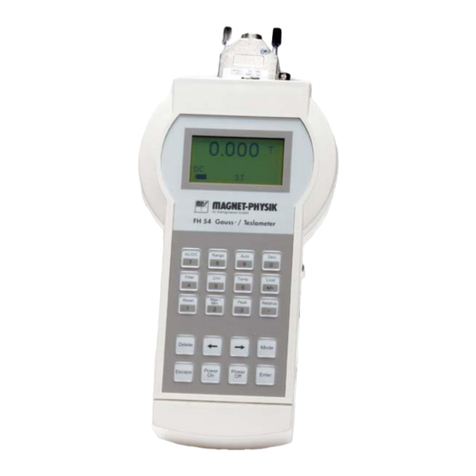Table of Contents
1General Information ....................................................................................................6
1.1 Safety Instructions ...............................................................................................6
1.2 Intended Purpose of Operation ............................................................................6
1.3 Sources of Danger................................................................................................7
1.4 Authorized Operators...........................................................................................8
1.5 Safety Measures at Place of Installation..............................................................8
1.6 Safeguard Installations.........................................................................................8
1.7 Emergency Measures...........................................................................................8
2Transport and Installation...........................................................................................9
2.1 Unpacking and Checking.....................................................................................9
2.2 Transport and Storage..........................................................................................9
2.3 Technical Data.....................................................................................................9
2.4 Installation ...........................................................................................................11
2.5 Structure of the Device ........................................................................................12
2.6 Accessories (included in delivery).......................................................................12
2.7 Options (to be ordered separately).......................................................................13
2.8 Taking Into Operation..........................................................................................13
3Operation.......................................................................................................................14
3.1 Display.................................................................................................................14
3.2 Key Pad................................................................................................................15
3.3 Functions..............................................................................................................16
3.3.1 On/Off Key –Switching the Device On and Off ............................................16
3.3.2 Range Key –Range Selection .........................................................................16
3.3.3 Zero Key –Zeroing the Probe.........................................................................17
3.3.4 Reset Key –Resetting the Display of Maximum and Minimum ....................17
3.3.5 Menu Operation...............................................................................................17
3.3.6 Main Menu ......................................................................................................18
3.3.7 AC/DC Menu...................................................................................................18
3.3.8 Unit Menu........................................................................................................18
3.3.9 Filter Menu ......................................................................................................19
3.3.10 Max./Min. Menu..............................................................................................20
3.3.11 Limit Menu......................................................................................................20
3.3.12 Relative Menu..................................................................................................21
3.3.13 Information Menu............................................................................................22
3.3.14 Display Menu ..................................................................................................23
3.3.15 Power Off Menu..............................................................................................23
3.3.16 Test Menu........................................................................................................24
3.3.17 Measuring Data Memory.................................................................................24
3.4 Switching between Battery Power and USB Power............................................25
3.5 Standby Mode......................................................................................................25
3.6 Battery State Indicator .........................................................................................25






























